AXIS P7216 16 Channel Video Encoder – 0542-004

- AXIS P7216 16 Channel Video Encoder – 0542-004
- Cost-effective 16-channel video encoder with great video performance and audio quality
- Supports migration to network video without upgrading existing camera systems
- Edge storage through four microSDHC memory card slots
- Compatible with all types of analog cameras including PTZ and PTZ domes
- Configurable inputs/outputs for external relays and sensors
- Two simultaneous video streams in H.264 and MJPEG @ 30 fps
- ONVIF-Compliant and supports standalone, wall mount, or rack mount installations
Free shipping on orders over $100!
- Satisfaction Guaranteed
- No Hassle Refunds
- Secure Payments
Description
The AXIS P7216 16-Channel Video Encoder (0542-004)
NOTE: This item has been replaced with AXIS P7316 (Click to View). If you specifically need item P7216, please contact our solution specialist for assistant.
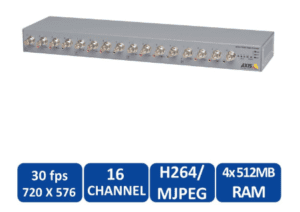

The AXIS P7216 16-Channel Video Encoder (0542-004) is a cost-effective solution for high-quality video encoding with exceptional audio performance. This product offers advanced features to facilitate the transition to network video while maintaining compatibility with existing camera systems. Equipped with 16 channels, this video encoder supports various analog cameras including PTZ and PTZ domes, with provisions for RS-422 and RS-485 controls. It features edge storage via four microSDHC card slots, configurable inputs/outputs for external devices, and a SFP slot for network redundancy. The AXIS P7216 is suitable for large analog video setups, utilizing Power over Ethernet for easy installation.
This product can deliver two simultaneous video streams in H.264 and Motion JPEG formats at D1 resolution. With ONVIF compliance and support for PTZ control, two-way audio streaming, and multiple mounting options, the AXIS P7216 offers a comprehensive solution for enhancing your CCTV system.
Axis Video Encoders: Providing Analog Video with IP Benefits
Network video has revolutionized video surveillance in many ways. IP-based video surveillance systems
provide lots of valuable benefits, such as vastly improved image quality, better scalability, event
management, efficient video analytics tools, and – in many cases – lower cost of ownership. For various
reasons, however, there is still an abundance of analog cameras and cabling out there, today and for
several years to come.
The technology shift from analog to IP does not force security managers to immediately choose between
an IP surveillance system and an analog video surveillance system. In fact, it is possible to successfully
combine the two, thereby not only making it possible to maintain existing investments, but also reap many
benefits of IP-based technology and create a future-proof platform.
The easy path to network video
A video encoder functions as a bridge between an analog CCTV system and a network video system, thereby
prolonging the operability of legacy systems. Simply put, encoders contain an encoding chip and an
operating system that convert incoming analog video into digital video. The digitized signal can then be
transmitted over the network to be recorded, for easier accessibility and viewing. Furthermore, encoders
provide analog CCTV camera systems with many features and functionalities otherwise only associated
with IP-based systems, such as tampering alarm and audio detection.
The industrial rationale for video encoders is strong, since there are millions of analog surveillance cameras
in use in the world. But for some operators, what’s more important is the investment they have made in
coaxial cable installations. In buildings without a network infrastructure, adding a modern network can be
an investment that the owner wants to avoid – or at least postpone.
Video encoders are a key component in the market conversion from analog to network video surveillance
systems. The market did see a similar, albeit more limited, technology shift when the digital video recorder
(DVR) replaced the video cassette recorder (VCR). With DVRs, the need to change tapes was removed, image
quality became more consistent, and finding exact video sequences in stored material became less laborious.
DVRs were eventually connected to the network, allowing remote video monitoring and operation, but
nevertheless, they suffer from inherent disadvantages compared to a full-fledged network video system.
With network DVRs, video is still stored on proprietary equipment, which provides a challenge when
integrating with the fast-growing market of software applications for network and video management.
DVRs also offer limited scalability.
How it works
A video encoder converts and compresses analog video signals into a video stream that is identical to that
coming from a network camera, allowing it to be fully integrated into a network video system. The encoder
sends the video stream over an IP network through a network switch to a PC server, which runs video
management software for monitoring and recording. This is a true network video system because the video
is sent continuously over an IP network. Users can view live video on a local or remote computer, or on a
wireless device, such as a mobile phone or a tablet.
Axis P7216 Product Support Page
Visit the Axis.com P7216 Product Page for More Information
Only logged in customers who have purchased this product may leave a review.

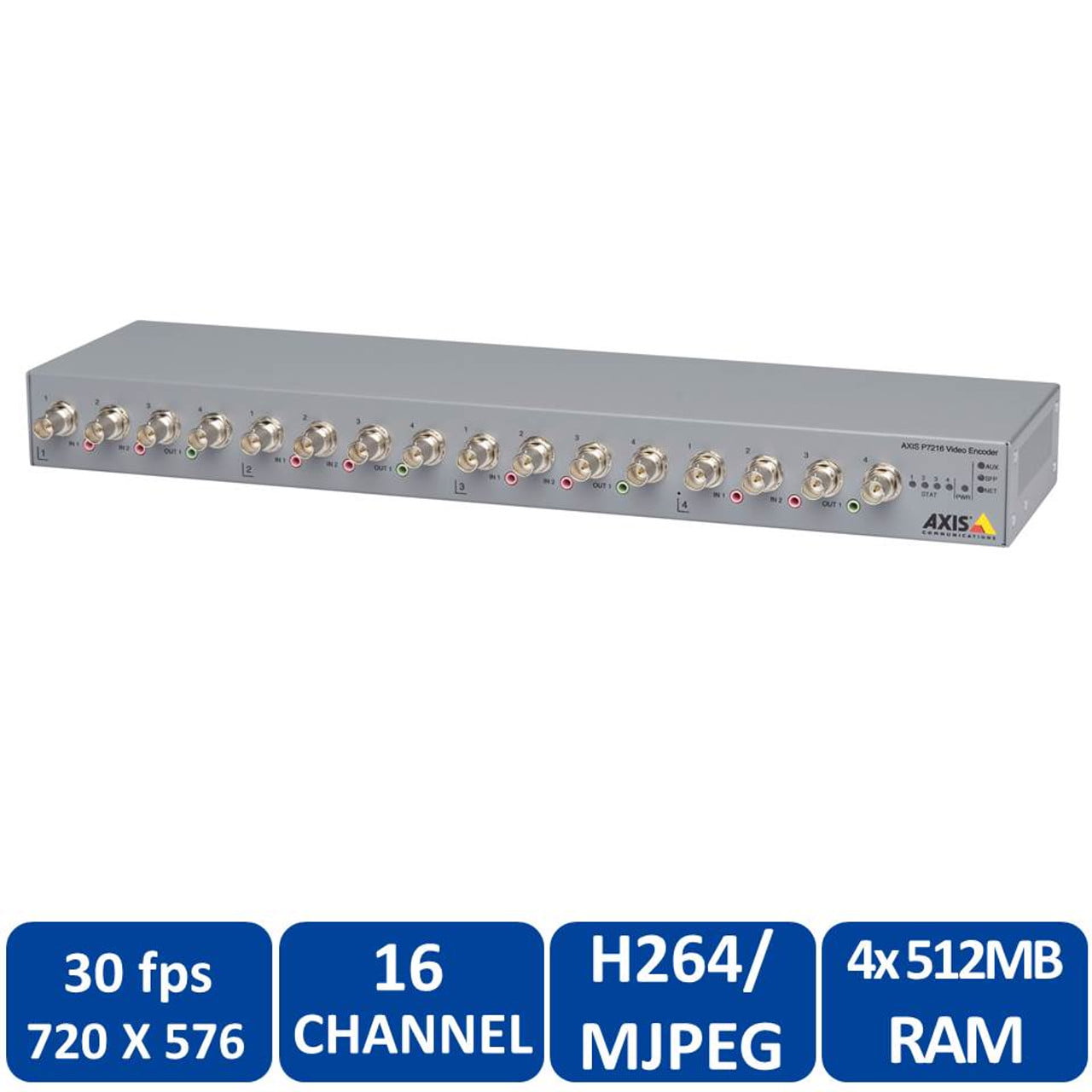
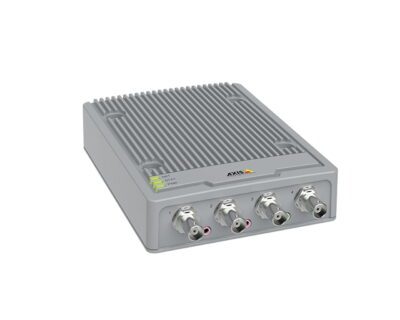
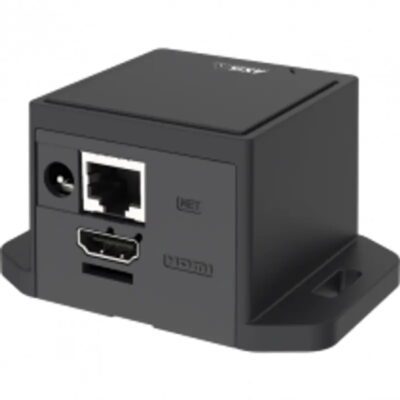

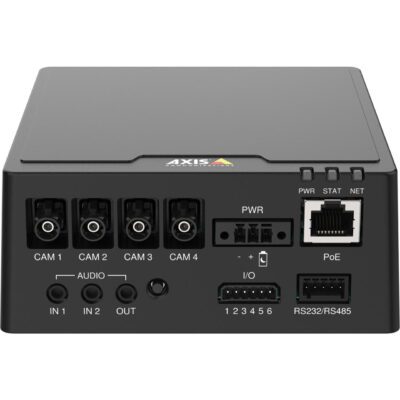
Reviews
There are no reviews yet.